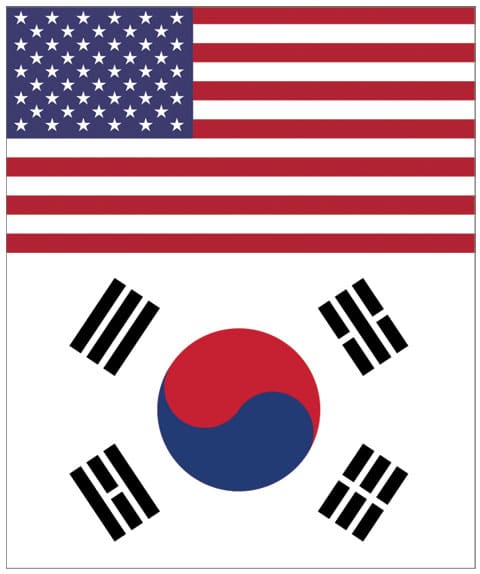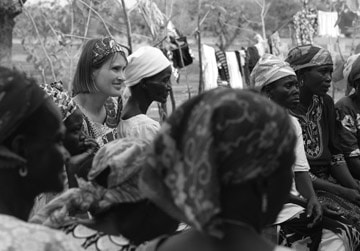Related Articles
Dark Side of Diaspora Missions: Challenges for Korean-Americans
My experience in addition to stories I heard led me to reflect on the difficulties that KA missionaries face on the field. My hope is that by doing so, KA missionaries can be better equipped and the people around them can better understand KAs.
Missions to North Korea and the 1.5 Generation Korean-American Christians
1.5 generation Korean-American Christians and their attitudes toward missions to North Korea.
Welcoming the Stranger
Presenter: Matthew Soerens, US Director of Church Mobilization, World Relief Description: Refugee and immigration issues have dominated headlines globally recently. While many American Christians view these…
Esther as a Model for Doing Mission without Mentioning God
The Book of Esther reminds us that even when God’s name is absent, mission can still take place. Our commitment to living with missional intentionality through thoughtful cultural engagement is a powerful tool of proclamation.
Time for African American Missionaries
While teaching a group of Ugandan church leaders, I mentioned how few African Americans were engaged in global missions. Okiru Ezekiel jumped up and shouted, “Tell them to come!”



